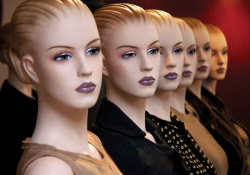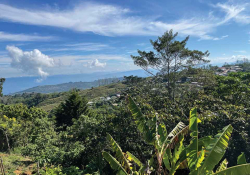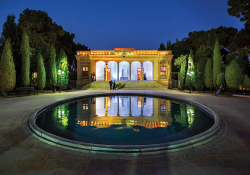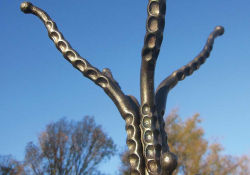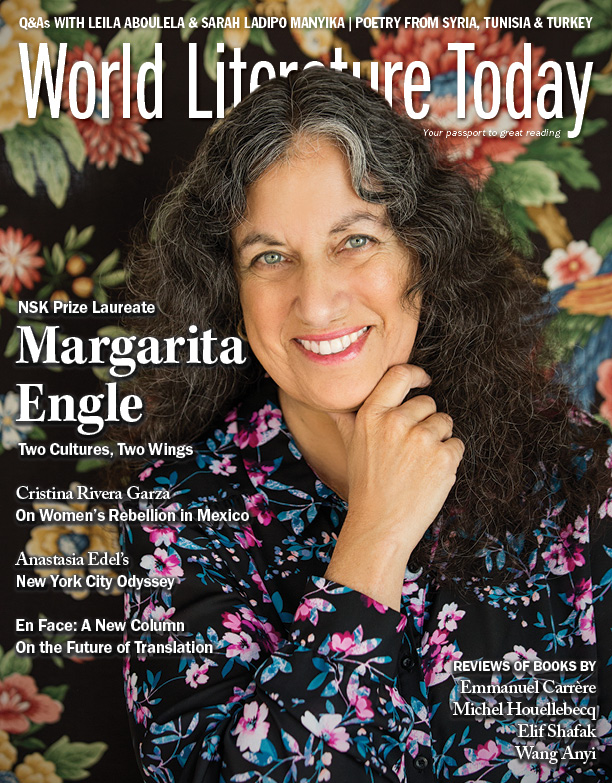Translation as Masquerade
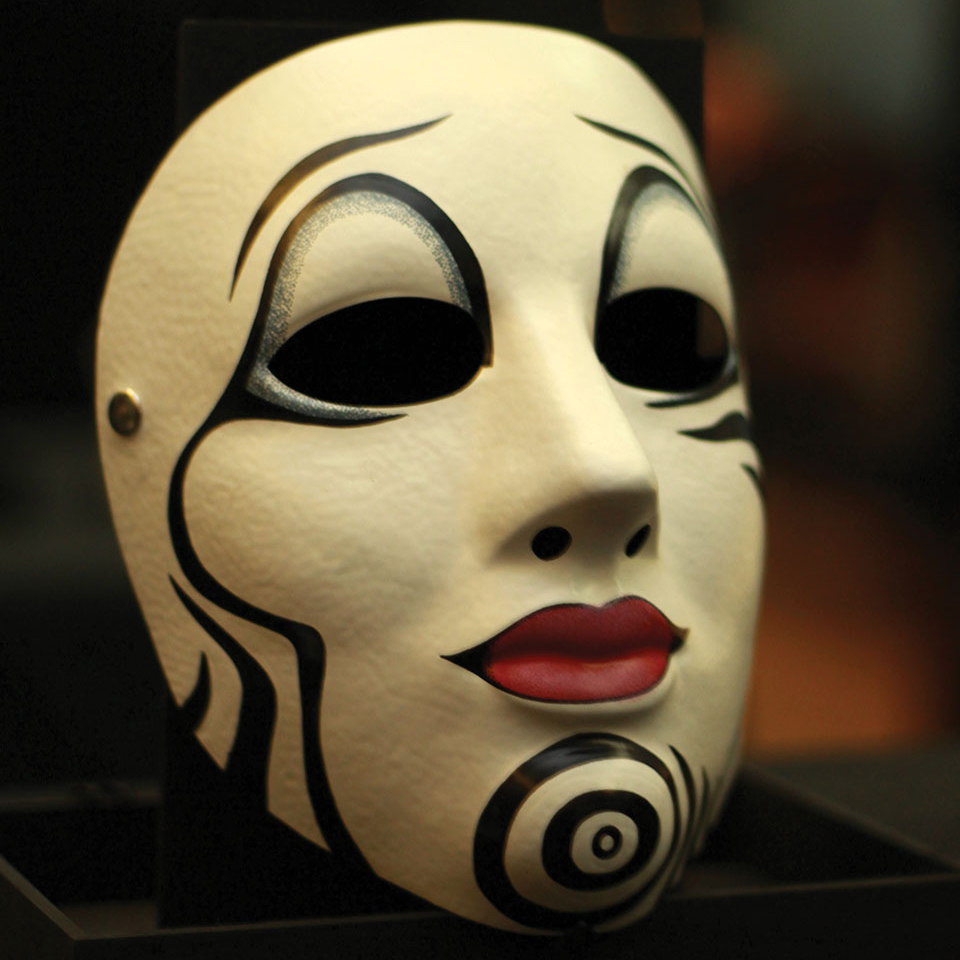
WHEN THE NARRATOR of Bibiana Camacho’s “The Other Woman” compares the face reflected in her mirror with the face on her work ID, she muses, “Yes, we looked alike, but we were not the same.” This new face—because of its presence under her hairline and above her chin—attempts to claim an identity that the narrator knows isn’t exactly true. The tension here is familiar to literature in translation: that this thing (this story in English), which is like but not exactly the same as the first thing (the story in Spanish), is claiming to be the thing (this particular story by Camacho). That these words, because of their presence on the page under the title “The Other Woman,” say they are the same as those words, when they are not, they cannot be.
“The differences weren’t notable one-by-one,” she says, “but once seen in conjunction they were obvious.” When translating, I inserted “and” in some sentences strung together by commas in the original; replaced commas with periods when English wouldn’t support the piling dependent clauses of Spanish; turned common Spanish nominalizations into common English adverbs; and—of course—changed words from English to Spanish. One by one, small changes. But the transformation is obvious.
Examining the new face in her mirror, the narrator states her preference: “And though the new face wasn’t unpleasant, I still felt that I liked the one from before more.” Once, after a reading I did with Nadia Escalante Andrade in Mérida, an audience member stood to tell us—Nadia, who’d read her poetry in Spanish, and me, who’d read this poetry in my English—that she’d enjoyed the poems in both languages, though “of course” the Spanish was better. I wondered how to react to being told my creative work was “of course” not as good as another. Then I realized nobody was watching for my reaction, because I was the only one in the room (except—ironically? of course?—Nadia) who saw the English as my art, one that aimed to match the original’s quality. I reminded myself (perhaps as self-consolation) that this woman was likely not the reader to whom this translation could prove its quality—her Spanish was better than her English, so she fully appreciated the Spanish before hearing the masquerading English.
On the Metro, the narrator of Camacho’s story is the only one who knows that this face is not her face—everyone else sees just another woman with an interrupted commute, accepts the premise that the face between her hairline and chin is hers. Even her co-workers seem not to notice the change. Is this what a translator is destined (doomed?) to do? Create something that “of course” never seems exactly right to those who have an intimate memory of the original—but that, seen on its own, could be a suitable, believable, somehow equivalent stand-in?
I cannot say if my translations are as good as what they re-create, but I know the work can be done well. Translators I admire—Christina MacSweeney, Lisa Dillman, Gregory Rabassa, and many others—prove that the new face can be as beautiful as the original, even if obviously not the same. I also know that some will only see, in the new face’s reflection, how it differs from the face they recall. That’s the unavoidable tension of translation; the new face is always inextricably connected to the original. When the narrator’s original face returns, she looks at her work ID and sees the other face, the one that is not exactly hers—occupying the original’s space once again.
Bibiana Camacho is a pen name, the author’s grandmother’s name adopted to sign stories and novels. In this way, Bibiana Camacho is an other woman every time she writes. Translators, too. I translated this story while in Mexico City and heard its words ringing in my ears whenever I took the women-only Metro car. I thought to myself that if I became an other woman while standing here, swaying with these packed bodies at rush hour, nobody would notice. A terrifying thought and yet, somehow, freeing.
Editorial note: Read “The Other Woman,” from this same issue
